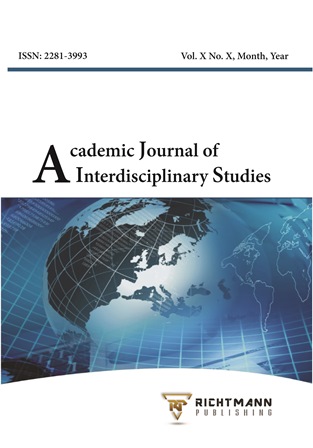Students’ Eco-Literacy Level at Conservation-Minded University in Indonesia
DOI:
https://doi.org/10.36941/ajis-2022-0169Keywords:
conservation-minded, eco-literacy, student, digital application system, universityAbstract
This research aims to analyze students’ eco-literacy level at a conservation-minded university in Indonesia. Universitas Negeri Semarang has been confirmed as a conservation-minded university in Indonesia. The research’s data source is students’ literacy at a conservation-minded university, Universitas Negeri Semarang. The data were collected from questionnaires and interviews with 200 students. The questionnaire consisted of 126 questions regarding conservation eco-literacy with a Likert scale pattern, with categories: zero understanding, score 1; sufficient understanding, score 2; good understanding, score 3, based on the three pillars of conservation. This questionnaire was completed using a digital application system http://bit.do/sisteravasi. Based on the result of digital application system-based data analysis, students’ eco-literacy levels at conservation-minded universities are: (1) regarding the value and character pillar, the highest understanding is with care conservation eco-literacy (85%); (2) in terms of art and culture pillar, the highest understanding is walking culture conservation eco-literacy (80%); and (3) concerning the natural resources and environment pillar, the highest understanding is organic waste conservation eco-literacy (80%). Students’ eco-literacy level at conservation-minded universities based on digital application systems may serve as a model to help linguists examine literacy levels in other studies.
Received: 30 August 2022 / Accepted: 22 October 2022 / Published: 5 November 2022
Downloads
Downloads
Published
Issue
Section
License

This work is licensed under a Creative Commons Attribution-NonCommercial 4.0 International License.
This work is licensed under a Creative Commons Attribution-NonCommercial 4.0 International License.








